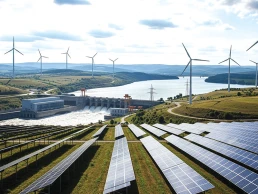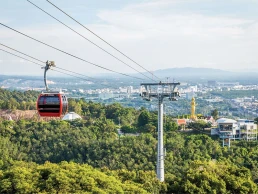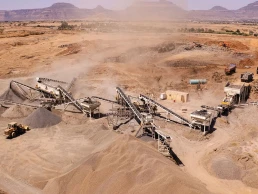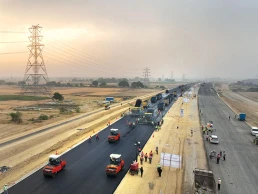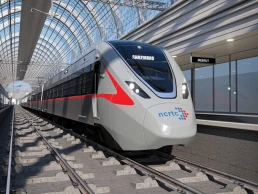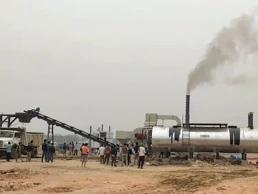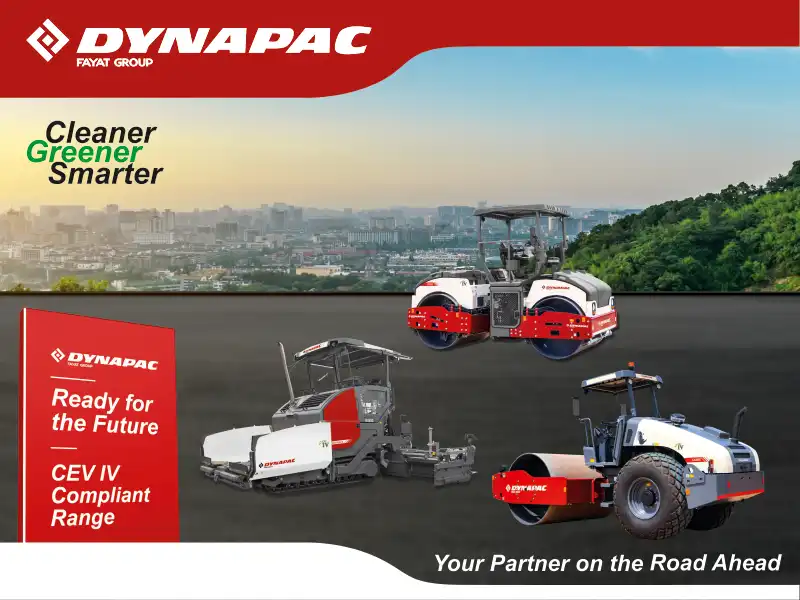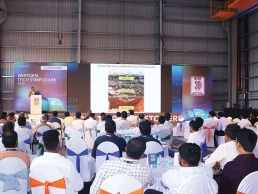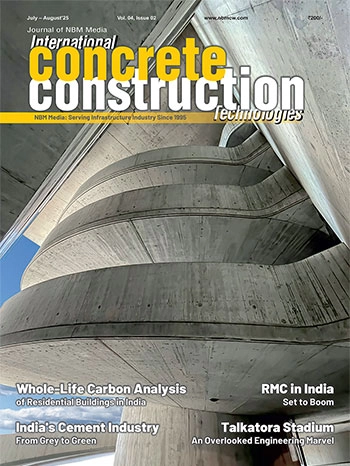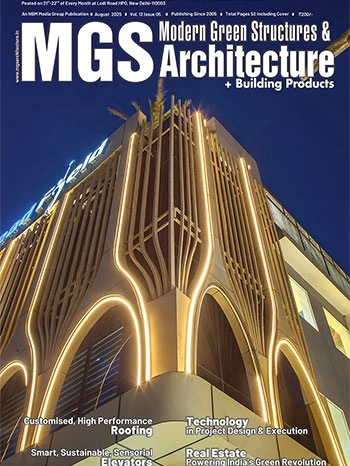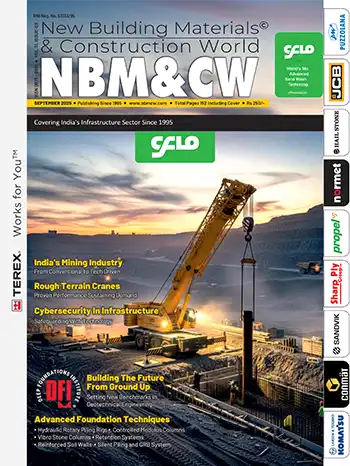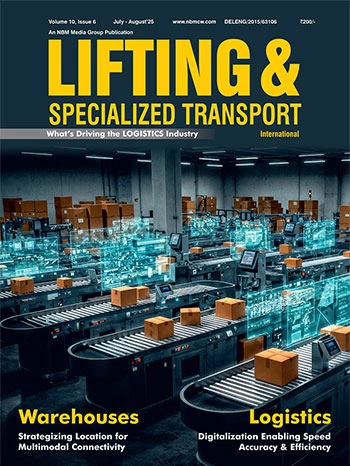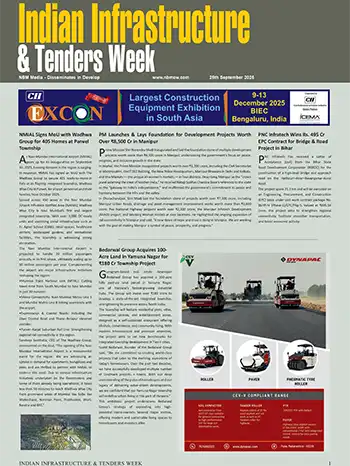Patel Engineering Achieves Tunnel Breakthrough in MCGM's Powai-Ghatkopar Project
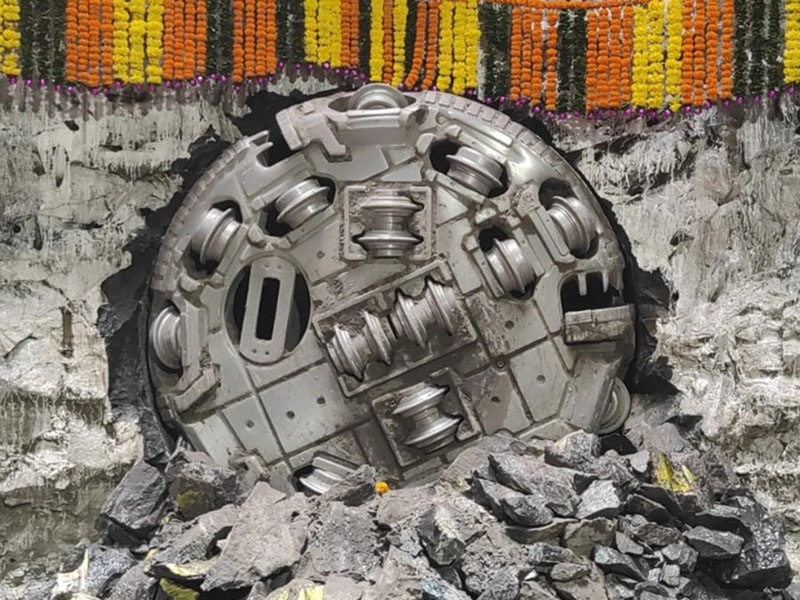
Patel Engineering Ltd has achieved a major milestone with the successful tunnel breakthrough in the Powai Ghatkopar Remaining Works (PGRW) project for the Municipal Corporation of Greater Mumbai (MCGM).
The breakthrough completes two key underground stretches—2.045 km from the SCI shaft to the Ghatkopar High-Level Reservoir (HLR) and 0.742 km from the HLR to the Low-Level Reservoir (LLR). The tunnels were constructed using Tunnel Boring Machine (TBM) technology, ensuring minimal surface disruption in Mumbai's dense urban setting.
Executed under an Engineering Procurement and Construction (EPC) model, Patel Engineering is the sole private partner on this project. The achievement reinforces the company’s position as a self-reliant EPC player capable of delivering complex infrastructure solutions.
Once completed, the Powai-Ghatkopar water tunnel project will serve as a vital upgrade to Mumbai’s water infrastructure, dramatically enhancing supply reliability and quality in the eastern suburbs by replacing ageing surface pipelines with a robust underground transmission system. With advanced tunnelling technologies, the tunnel will minimise leakage, contamination, and disruptions from surface-level construction, while efficiently channelling water to Ghatkopar’s reservoirs under real-time monitoring. This project is set to ensure long-term sustainability, operational efficiency, and greater resilience in water distribution for millions of residents.
Constructed with environmental safety and urban impact in mind, the tunnel runs beneath densely populated areas. TBM technology was chosen to ensure high precision with minimal surface disruption. The machine, custom-built for local geology, operates at a depth of approximately 60 meters, with an excavated diameter of 2.80 meters and finished internal diameter of 2.20 meters, and is designed to maintain excavation efficiency across variable soil profiles.
Kavita Shirvaikar, Managing Director of Patel Engineering Ltd, said, “The PGRW breakthrough stands as a clear example of how complex infrastructure can be delivered responsibly and independently, with long-term urban benefit in mind. I commend our teams for executing this project with precision and discipline under challenging urban conditions beneath one of India’s most densely populated cities. We are proud to contribute to building the infrastructure backbone of India’s cities with complete dedication, efficiency, and sustainability and improving the lives of residents in the eastern suburbs of Mumbai city.”
The successful breakthrough demonstrates Patel Engineering’s continued expertise in deploying Tunnel Boring Machine (TBM) technology for complex underground infrastructure in dense urban environments. While the Sela Pass Tunnel Project in Arunachal Pradesh was completed using the New Austrian Tunnelling Method (NATM), the experience gained from such geotechnically challenging projects continues to enhance PEL’s in-house technical depth and execution capabilities across diverse tunnelling environments.

































